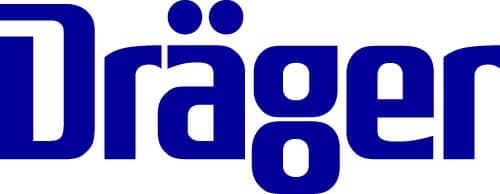Fewer complications
In certain studies, the addition of NIV to usual medical care reduced the number of possible complications by 62% and treatment errors by 52% in adult patients admitted to hospitals with respiratory failure due to an exacerbation of COPD and with PaCO2 > 6 kPa (45 mmHg)1).
Shorter stay in ICU
In those same studies, the addition of NIV to usual medical care shortened ICU stay and reduced the length of hospital stay by an average of 3 days for adult patients admitted to hospitals with respiratory failure due to an exacerbation of COPD and with PaCO2 > 6 kPa (45 mmHg)1).
Increased quality of life
NIV can improve quality of life for amyotrophic lateral sclerosis (ALS) patients2).
Faster weaning
NIV applied as a weaning method in COPD enables faster weaning3).
Better chance of survival
In one study, NIV enabled faster weaning and increased the 60 days survival rate by 20% in patients with acute exacerbations of COPD3).
Reduced risk of infection
The use of NIV instead of conventional invasive mechanical ventilation is associated with a lower risk of nosocomial pneumonia4).
Enhance recovery time
Certain studies have shown that NIV can help to reduce the rate of re-intubation and improve recovery for patients with acute exacerbations of COPD1).
- Ferrer M et al. Noninvasive Ventilation in Severe Hypoxemic Respiratory Failure. Am J Respir Crit Med Vol 168. pp 1438-1444, 2003.
- Warren DK et al. Outcome and attributable cost of ventilator-associated pneumonia among intensive care unit patients in a suburban medical center. Crit Care Med. 2003 May;31(5):1312-7. doi: 10.1097/01.CCM.0000063087.93157.06. PMID: 12771596.
- Nava S, et al. Time of non-invasive ventilation. Intensive Care Med. 2006 Mar;32(3):361-70.
- Bülow HH, et al. Experiences from introducing non-invasive ventilation in the intensive care unit: a 2-year prospective consecutive cohort study. Acta Anaesthesiol Scand 2007; 51: 165-170
- Nava S et al. Non-invasive mechanical ventilation in the weaning of patients with respiratory failure due to chronic obstructive pulmonary disease: a randomized study Ann Intern Med. 128: 721 – 728; 1998.
- Antonelli M et al. A comparison of noninvasive positive-pressure ventilation and Conventional mechanical ventilation in patients with acute Respiratory failure N Engl J Med 1998, 339: * 429-435.
- Hilbert G, et al. Sequential use of noninvasive pressure support ventilation for acute exacerbations of COPD. Intensive Care Med. 1997;23:955–961.
- Ram FSF et al. Non‐invasive positive pressure ventilation for treatment of respiratory failure due to exacerbations of chronic obstructive pulmonary disease. Cochrane Database of Systematic Reviews 2004, NO: 3, DOI: 10.1002/14651858.CD004104.pub3,
Sponsored by

Medqor is committed to protecting and respecting your privacy. We may contact you about our products and services or share information with sponsorship partners, as well as other content that may be of interest to you. By submitting your information, you consent to us contacting you for this purpose in accordance with our privacy policy.
For further information, please check out our privacy policy here










